Interstellar: Whitney museum toasts Frank Stella with a retrospective

Easily one of the most highly anticipated art exhibitions of the season, the Whitney Museum of American Art’s Frank Stella survey, which opened this week in New York, began with a simple curatorial question: What major artist hasn’t had a major retrospective in a long time? 'The surprising answer, among others, was Frank Stella,' said Michael Auping, the chief curator at the Modern Art Museum of Fort Worth, who helped organise the show, as he addressed a drove of journalists on a drizzly Wednesday morning.
The exhibition, titled 'Frank Stella: A Retrospective,' is on view at the Whitney through February before it heads to the Modern Art Museum of Fort Worth the following summer, and then to the de Young Museum in San Francisco. The exhibition, designed by starchitect Annabelle Seldorf, spans the entire length of Stella’s career (six decades) putting together approximately 100 works, some which the world has had the pleasure of viewing in major museums, and others that have been tucked away in private collections for many years.
One thing the curators brought up repeatedly was Stella’s ability to reinvent himself — and his work — throughout his life, and that is evident through the pieces seen in the Whitney’s galleries. The retrospective opens with two works that demonstrate Stella’s Scope; on one side is Pratfall, a simple 1974 painting that depicts a number of squares to make the viewer feel as if they are falling down a hole. Next to it is Das Erdbeben in Chili, a large scale 1999 piece that is chaotic as its name (Erdbeben means earthquake in German) implies; different patterns and shapes and colors collide with one another.
Also included are Stella’s minimal classics, like Harran II, a vivid piece from 1967 that puts together a series of curves, and the 1966 painting Chocorua IV, which is made up of four colours — red, grey, yellow and green — and consists of a triangle drawn over a square. Rarely-seen treats, like a selection of drawings from the ‘50s and ‘60s are also on display, as are a series of maquettes of his more recent, enormous sculptures. As Stella evolves an artist, there’s no denying that his newer work becomes more complex and elaborate.
Although Stella wasn’t present that morning — he was apparently napping, and at 70, that isn’t a surprise — Adam Weinberg, the director of the Whitney, did bring up a quote that explained Stella’s personality in one phrase through an interview with art historian Caroline Jones, which also appears as one of the wall texts:
Q: Where do you stand on 'purity'?
A: I don’t know. Wherever I happen to be.
'Classic Frank,' Weinerg says. 'Totally evasive.'

The exhibition is designed by Annabel Selldorf and will travel to the Modern Art Museum of Fort Worth the following summer, and then to the de Young Museum in San Francisco. Pictured: Gobba, zoppa e collotorto, 1985. Oil, urethane enamel, fluorescent alkyd, acrylic, and printing ink on etched magnesium and aluminum
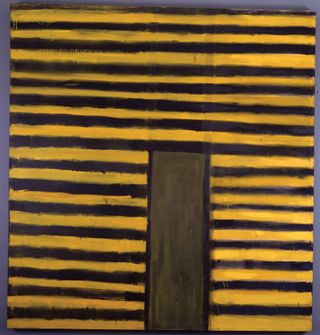
One palpable aspect of the show is Stella’s ability to reinvent himself and his work throughout his life. Pictured: East Broadway, 1958. Oil on canvas
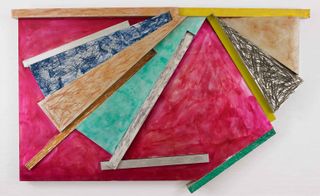
Stella's evolution as an artist is reflected in his more recent work being increasingly elaborate and complex. Pictured: Grajau I, 1975. Paint and laquer on aluminum
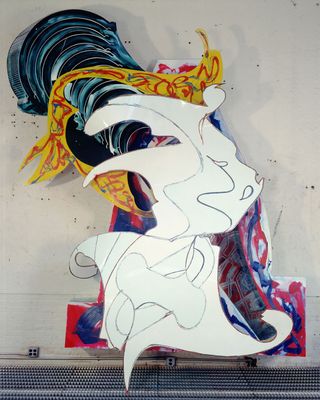
'Frank Stella: A Retrospective' charts the artist's career over six decades. Pictured: The Whiteness of the Whale (IRS-1, 2X), 1987. Paint on aluminum
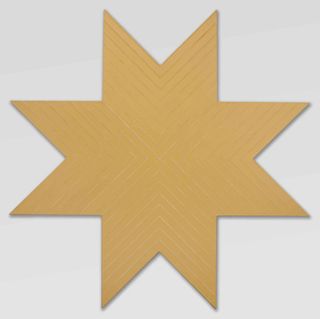
Plant City, 1963. Zinc chromate on canvas
INFORMATION
’Frank Stella: A Retrospective,’ opens on 30 October and will run until 7 February 2016
Photography: Courtesy of the artist and Whitney Museum of American Art
Address
Whitney Museum of American Art
99 Gansevoort Street
New York
Wallpaper* Newsletter
Receive our daily digest of inspiration, escapism and design stories from around the world direct to your inbox.
Ann Binlot is a Brooklyn-based freelance writer who covers art, fashion, design, architecture, food, and travel for publications like Wallpaper*, the Wall Street Journal, and Monocle. She is also editor-at-large at Document Journal and Family Style magazines.
-
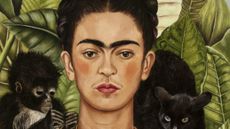 A major Frida Kahlo exhibition is coming to the Tate Modern next year
A major Frida Kahlo exhibition is coming to the Tate Modern next yearTate’s 2026 programme includes 'Frida: The Making of an Icon', which will trace the professional and personal life of countercultural figurehead Frida Kahlo
By Anna Solomon Published
-
 Stay at Nujuma, a forward-facing sanctuary in the Red Sea region
Stay at Nujuma, a forward-facing sanctuary in the Red Sea regionNujuma, a Ritz-Carlton Reserve, sets the bar high as one of Saudi Arabia’s ultra-luxury destinations
By Lauren Ho Published
-
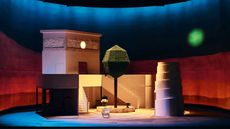 Pierre Yovanovitch’s set and costumes bring a contemporary edge to Korea National Opera in Seoul
Pierre Yovanovitch’s set and costumes bring a contemporary edge to Korea National Opera in SeoulFrench interior architect Pierre Yovanovitch makes his second operatic design foray, for The Marriage of Figaro in Seoul
By Tianna Williams Published
-
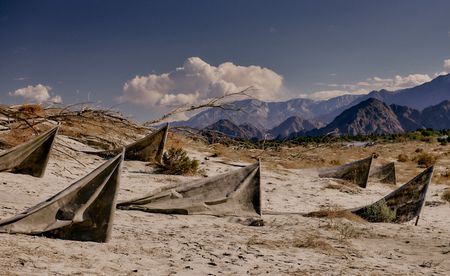 Desert X 2025 review: a new American dream grows in the Coachella Valley
Desert X 2025 review: a new American dream grows in the Coachella ValleyWill Jennings reports from the epic California art festival. Here are the highlights
By Will Jennings Last updated
-
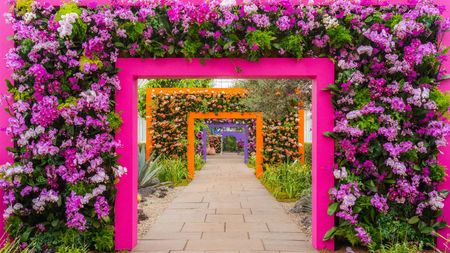 This rainbow-coloured flower show was inspired by Luis Barragán's architecture
This rainbow-coloured flower show was inspired by Luis Barragán's architectureModernism shows off its flowery side at the New York Botanical Garden's annual orchid show.
By Tianna Williams Published
-
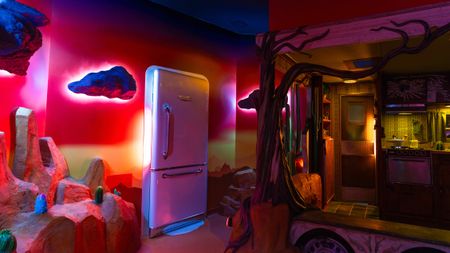 ‘Psychedelic art palace’ Meow Wolf is coming to New York
‘Psychedelic art palace’ Meow Wolf is coming to New YorkThe ultimate immersive exhibition, which combines art and theatre in its surreal shows, is opening a seventh outpost in The Seaport neighbourhood
By Anna Solomon Published
-
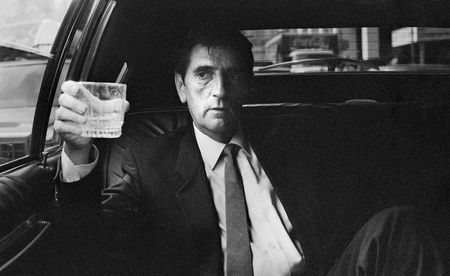 Wim Wenders’ photographs of moody Americana capture the themes in the director’s iconic films
Wim Wenders’ photographs of moody Americana capture the themes in the director’s iconic films'Driving without a destination is my greatest passion,' says Wenders. whose new exhibition has opened in New York’s Howard Greenberg Gallery
By Osman Can Yerebakan Published
-
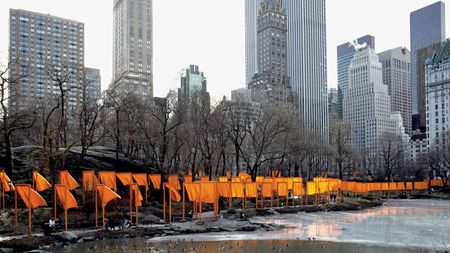 20 years on, ‘The Gates’ makes a digital return to Central Park
20 years on, ‘The Gates’ makes a digital return to Central ParkThe 2005 installation ‘The Gates’ by Christo and Jeanne-Claude marks its 20th anniversary with a digital comeback, relived through the lens of your phone
By Tianna Williams Published
-
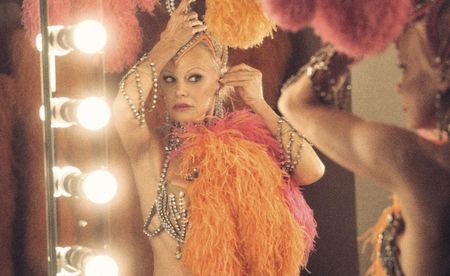 In ‘The Last Showgirl’, nostalgia is a drug like any other
In ‘The Last Showgirl’, nostalgia is a drug like any otherGia Coppola takes us to Las Vegas after the party has ended in new film starring Pamela Anderson, The Last Showgirl
By Billie Walker Published
-
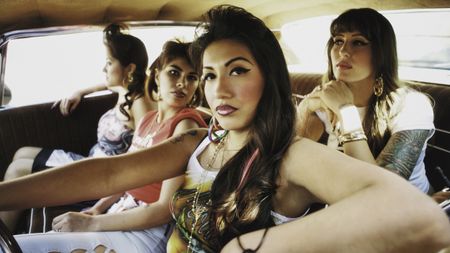 ‘American Photography’: centuries-spanning show reveals timely truths
‘American Photography’: centuries-spanning show reveals timely truthsAt the Rijksmuseum in Amsterdam, Europe’s first major survey of American photography reveals the contradictions and complexities that have long defined this world superpower
By Daisy Woodward Published
-
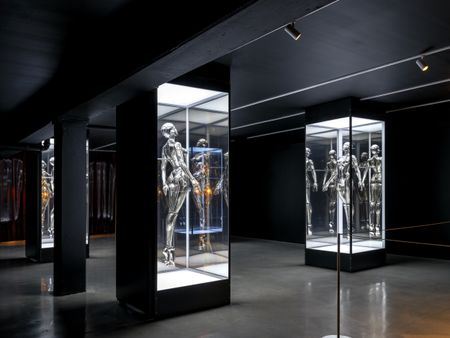 Miami’s new Museum of Sex is a beacon of open discourse
Miami’s new Museum of Sex is a beacon of open discourseThe Miami outpost of the cult New York destination opened last year, and continues its legacy of presenting and celebrating human sexuality
By Anna Solomon Published